Saxophone models
The most common types of saxophones are the soprano, alto, tenor, and baritone saxophones. But there are many more different types, such as the sopranissimo, sopranino, mezzo-soprano, C-melody, bass, contrabass, and subcontrabass saxophones. These instruments are all tuned in E? or B?, except for the C-melody and mezzo-soprano, as the C-melody is tuned in C, and the mezzo-soprano in F. The following saxophone choir has a beautiful performance of "the West Side Story".
Is a saxophone a woodwind or a brass instrument?
A saxophone belongs to the woodwind instruments because it is a reed instrument. Adolphe Sax developed the saxophone based on the clarinet, which also belongs to the woodwind group.
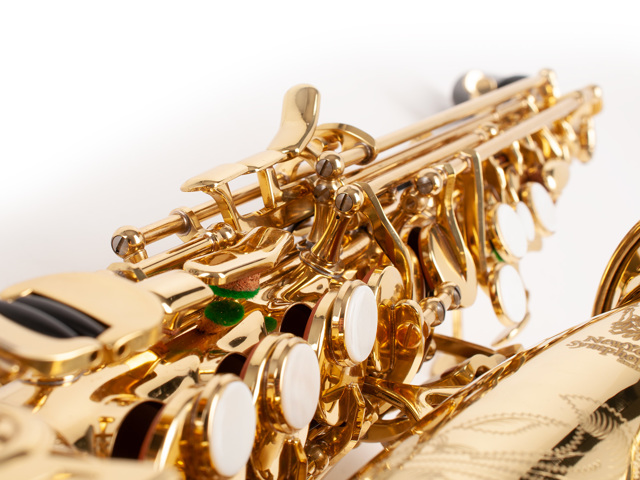
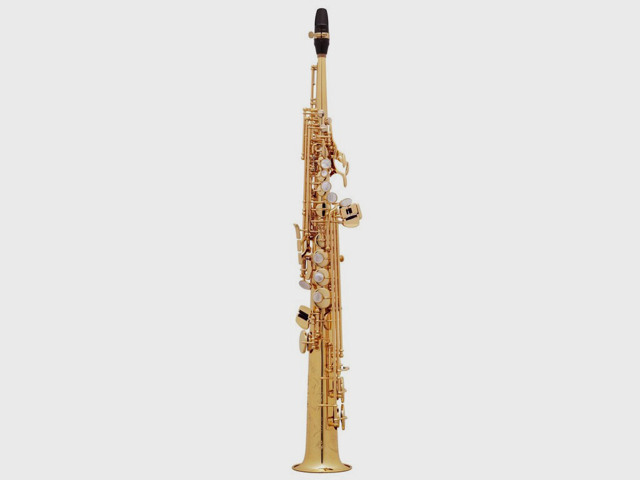
The sopranino
The sopranino saxophone is the smallest sax designed by Adolphe Sax. This instrument is tuned in the key of E-flat and sounds an octave higher than the alto sax. It is not the smallest saxophone, that honor belongs to the soprillo or sopranissimo. The sopranino sax is still used but rarely appears in a work. It is still produced by several major music manufacturers, usually on request. The most famous use of the sopranino is in Maurice Ravel's orchestral work Boléro.
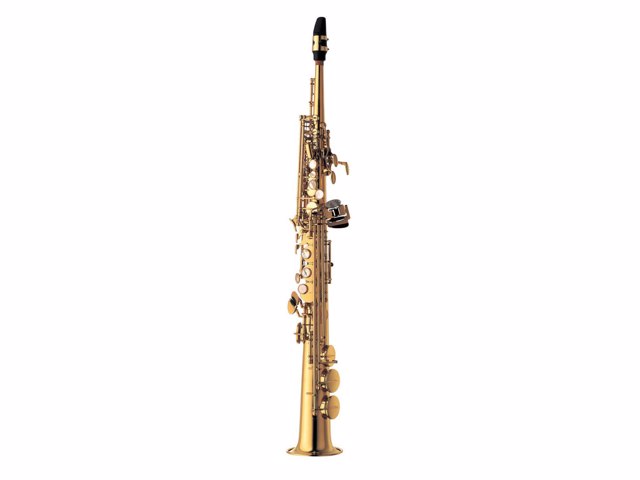
The soprano
The soprano saxophone is the smallest commonly used saxophone. Professional models of the soprano saxophone are the only saxophones that often have a high G key. The soprano saxophone is pitched an octave higher than the tenor in B flat. Because this instrument is so high pitched, it is more difficult to intonate a note correctly than with the lower pitched members of the saxophone family. The artist Kenny G is the most well-known soprano saxophonist with his smooth jazz that is often used as background music.
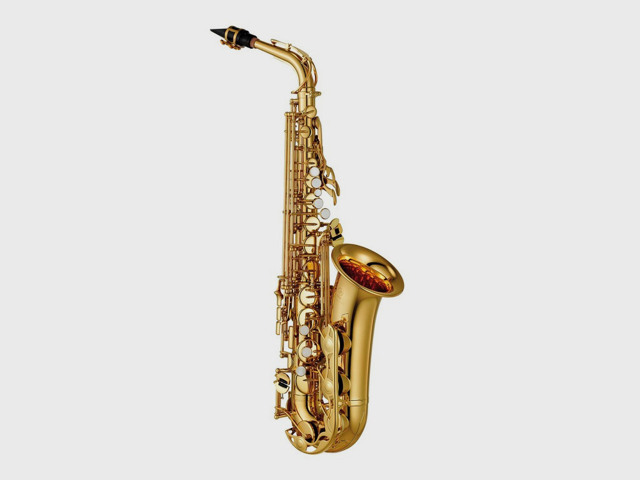
The alto
The alto saxophone, also known as the alto sax or simply the alto, is one of the middle members of the saxophone family. The alto is tuned in E? and is smaller than the tenor but larger than the soprano. The alto is one of the most popular instruments. You hear it in pop, jazz, and classical music, but also in reggae and rock. "Baker Street" by Gerry Rafferty is perhaps the most famous example of an alto sax solo in pop music.

The tenor
"Born to Run" by Bruce Springsteen, you've probably heard it before. In this song, you hear a tenor sax solo by Clarence Clemons. The tenor is the bigger brother, or sister, of the alto. The tenor can be recognized by the extra bend in the neck. An alto sax does not have this. Tenor saxophones can be heard in rock, jazz, blues, and Latin music. "Tequila" by the Champs is also a tune that everyone knows.
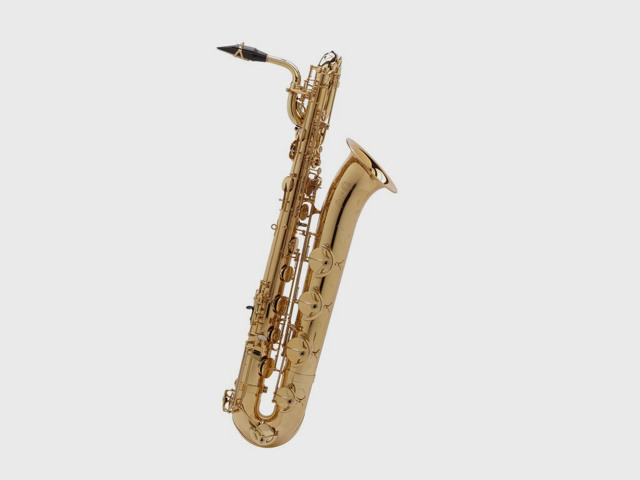
The baritone
The baritone saxophone is the lowest commonly used sax and is mostly found in jazz, funk, blues, and Latin music. The baritone is tuned an octave lower than an alto sax. It is easily recognizable by the three distinctive bends at the top of the instrument. The size and price of this sax make it a difficult beginner instrument. Many baritone saxes are owned by associations and not individuals. Many saxophone quartets, big bands, and wind and brass bands use the baritone sax. Want to know what a baritone saxophone sounds like? Listen to "Baby Driver" by Simon and Garfunkel.
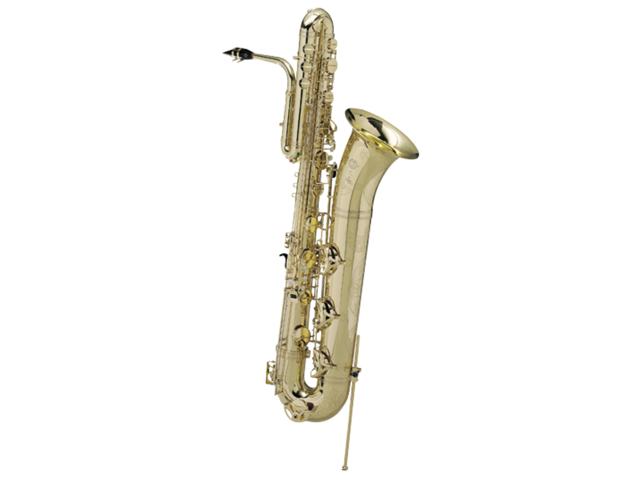
The bass
The bass saxophone is the third largest sax. Only the contrabass and subcontrabass saxophones are larger, but these are only made on request. Bass saxophones are quite rare and are made by a few brands. The B? tuning of a bass saxophone is an octave lower than that of a tenor saxophone. This instrument is most commonly found in jazz music from the 1920s. The bass saxophone was also used in the original music for "West Side Story." Nowadays, the bass sax is rarely used, but it can still be heard in some jazz music, saxophone choirs, and occasionally in a concert band.
Other types
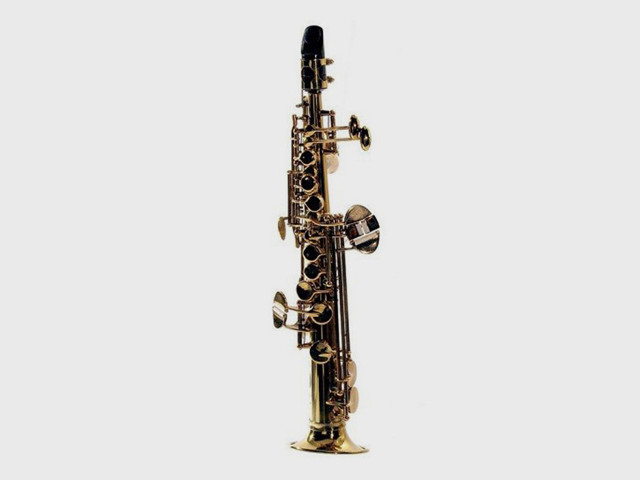
The sopranissimo
The sopranissimo sax, also known as the piccolo or soprillo sax, is the smallest saxophone that exists. The sopranissimo sounds an octave higher than a soprano and is tuned in B?. Due to its size, it was long too difficult to produce. At the moment, there is only one company that makes the sopranissimo.
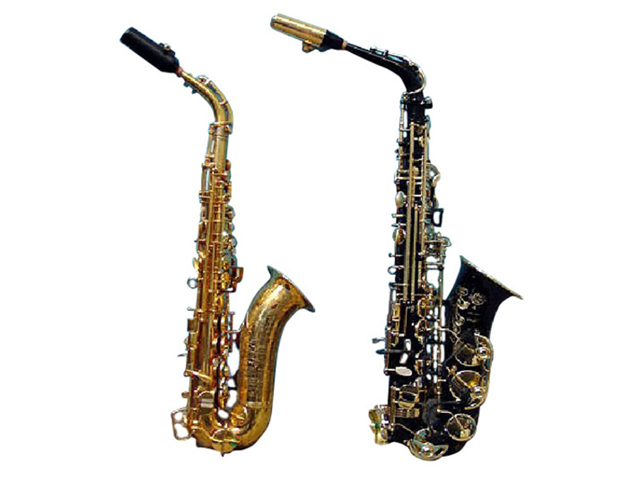
The mezzo-soprano
In 1928 and 1929, the mezzo-soprano sax was made by Conn. Due to the stock market crash, this saxophone was taken out of production after 2 years and has never been produced in larger quantities since. The mezzo-soprano is between the alto and the soprano in size and is tuned in F.

The C-melody
The C-melody had a great advantage. Because the instrument was written in C, many musicians didn't have to transpose the music. This made it possible to play sheet music for instruments such as flute, oboe, violin, or piano without having to rewrite it. The C-melody is slightly smaller than the tenor and is sometimes called the C-tenor. The C-melody was most popular at the beginning of the 20th century, especially in the 1920s, when many advertising jingles, church hymns, and dance music were written for this instrument.
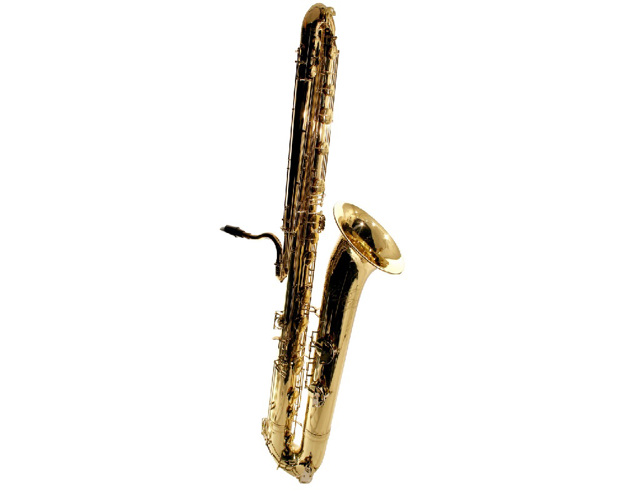
The contrabass and subcontrabass
The contrabass and subcontrabass saxophones are instruments that have rarely been produced. The contrabass had a production run of 10-20 instruments, and only a few subcontrabasses were made. The contrabass is tuned an octave lower than the baritone saxophone in E?. The subcontrabass is tuned an octave lower than the bass saxophone in B?. In the following work, the subcontrabass and the sopranino are used side by side.
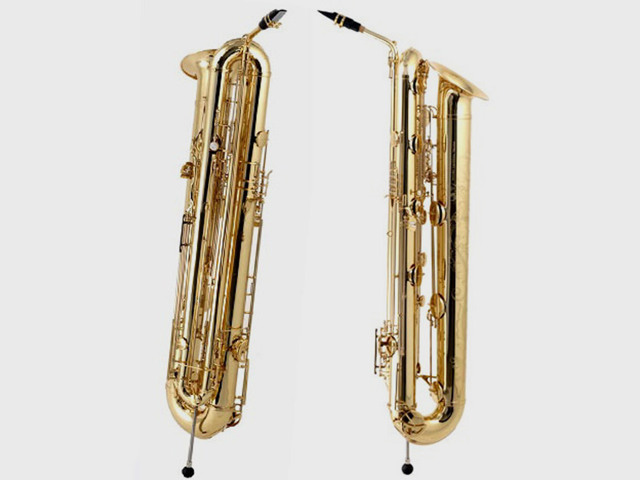
The tubax
Technically, the tubax is not a member of the saxophone family but more like a friend of your parents who is present at every holiday. The tubax was developed in 1999 by Benedikt Eppelsheim and has two variants: the contrabass tuned in E? and the subcontrabass tuned in B? or C. A tubax sounds "honkier" than the average saxophone. The tubax falls outside the saxophone family because its bore is much narrower, and the instrument has thinner tubes. Here you can listen to a tubax in a saxophone sextet version of "Flight Of The Bumblebee."